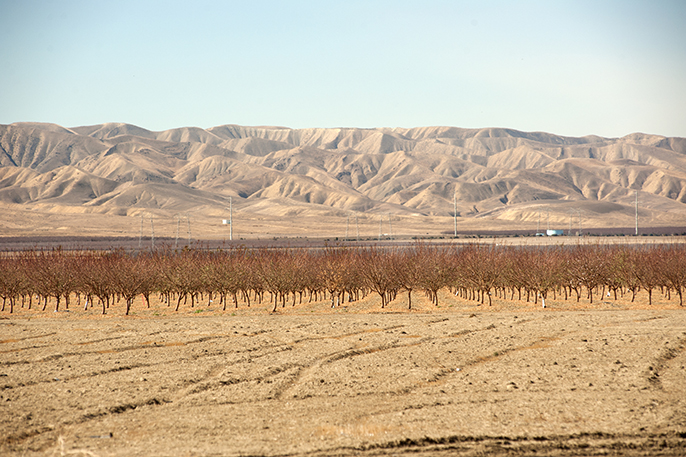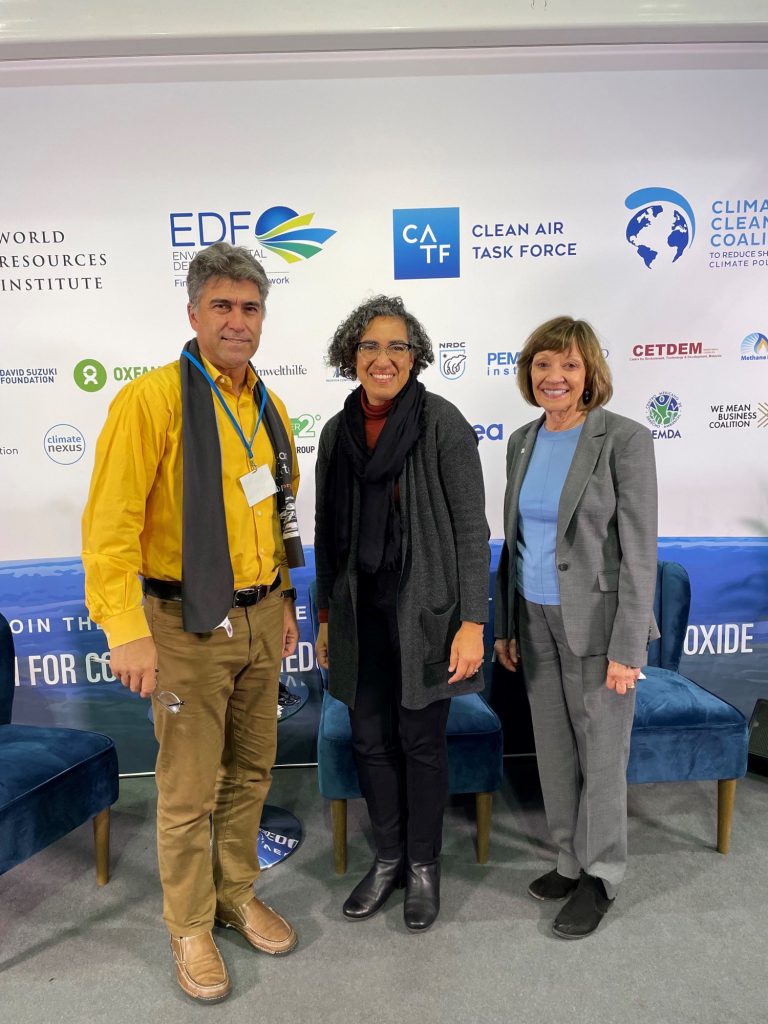On December 1, the Assembly Select Committee on Technology and the Future of California’s Agricultural Workforce met to discuss challenges and opportunities in the years ahead. CDFA Secretary Karen Ross provided the following statement.
————-
Mr. Chairman and members of the select committee – thank you so much for inviting me to speak before you today. I regret being unable to appear in-person, but I wish to share a few thoughts about the very important issue you are considering today.
The history of California agriculture is one of innovation and progress. Public investment in agricultural research and the extension of research results to farmers and ranchers has helped achieve a remarkable record of productivity, efficiency, and environmental stewardship. As the world’s population grows rapidly, there is an urgent need to produce healthy, nutritious food amidst a changing climate with less arable land and increasingly scarce water supplies. We must continue to invest in science and technology to improve sustainable production practices, reduce inputs, and improve the economic viability of farmers at all scale. We must also be clear-eyed about meeting the needs of historically underserved farmers and farmworkers in the transition that is necessary.
I’m not just talking about drones and robots – although labor scarcity is driving significant investment in innovation. Technological progress also includes such things as remote sensors to assist in applications of water; advanced harvesting, processing, and sorting systems; artificial intelligence and data analytics for better real-time decision making; managed aquifer recharge for water conservation and efficiency; innovations to reduce impacts of synthetic fertilizer and pesticide use with the development of more effective biological pest management solutions; technology to reduce, recycle and repurpose waste streams and food production byproducts into useful products with revenue streams; the acceleration of on-farm renewable energy generation; and controlled-environment food production systems. It will be possible for California farmers and ranchers to lead with solutions for a bio-based economy only with a commitment to continued funding for research, extension, and workforce development.
The agricultural jobs of the future will be different than we have seen historically. The workforce will require skills in math, science, technology, and engineering — equipping workers to successfully navigate not only the innovation before us presently, but the wondrous advancements that are surely coming. It is important to understand the impacts to the current workforce and prepare for a just transition and the jobs of the future. One challenge for agriculture is the lack of understanding of what the agricultural jobs of the future will be and for agriculture to be viewed as an attractive career opportunity. The focus on STEM starting at young ages and with an emphasis on the diversity of our major agricultural and historically underserved communities is critical to the future success of California agriculture. Technology is the bridge to fire the imagination of those who are not familiar with agriculture and food production and engage them in helping to solve the challenges we face to build climate smart resilient agriculture and food chain systems with desirable career opportunities in the most meaningful work we can undertake: to nourish people for optimal health with the best environmental stewardship of our precious natural resources!
The agricultural workforce will also require continual learning and training, and a key to achieving that is California’s community colleges. I applaud the leadership of Western Growers, which has launched an impressive collaborative effort, the Global Harvest Automation Initiative, as well as AgTechX, a partnership with community colleges, the California State University system and the University of California Division of Agriculture and Natural Resources to further develop these essential research and educational programs.
There are many challenges and opportunities ahead for agriculture in the 21st century. We can successfully meet them as only California can! It will require strong partnerships, collaboration, and the best of the state’s innovation sector joining with the most progressive farmers in the world. I believe we are well on our way.
Yours truly,
Karen Ross
Secretary






